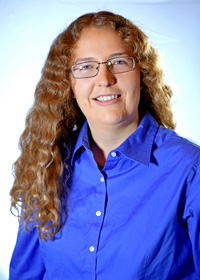Laser Wakefield Acceleration With Small-angle Colliding Pulses
Kathleen Weichman, University of Texas

Enhancing charge yield from laser wakefield acceleration (LWFA) opens up new applications for LWFA as a next-generation electron accelerator. In LWFA, a laser pulse drives a plasma wake capable of trapping and accelerating electrons. While previous studies with a strong wake-generating pulse and a weaker injecting pulse in counterpropagating geometry have shown injection can result from collisions between laser pulses, relatively little attention has been paid to the interaction of (nearly) copropagating, equal-intensity pulses interacting at small separation over a long distance, as may occur with lasers exhibiting strong hot spots. Experiments on the Texas Petawatt Laser have demonstrated a ten-fold increase in the accelerated charge when the laser pulse has two well-defined hot spots. I will present simulations seeking to explain the increased charge by reproducing the approximate midfield seen in these experiments using two pulses colliding at a small angle. It is seen that the wake structure resulting from the interaction between pulses and their wakefields may propagate stably over centimeters or may evolve, depending on the relative phase between pulses. Evolution of the combined wake structure may explain the substantial increase in charge experimentally observed and provide a new strategy for increasing the charge yield of LWFA.
Abstract Author(s): K. Weichman, A.V. Higuera, D.T. Abell, B. Cowan, J.R. Cary, M.C. Downer


